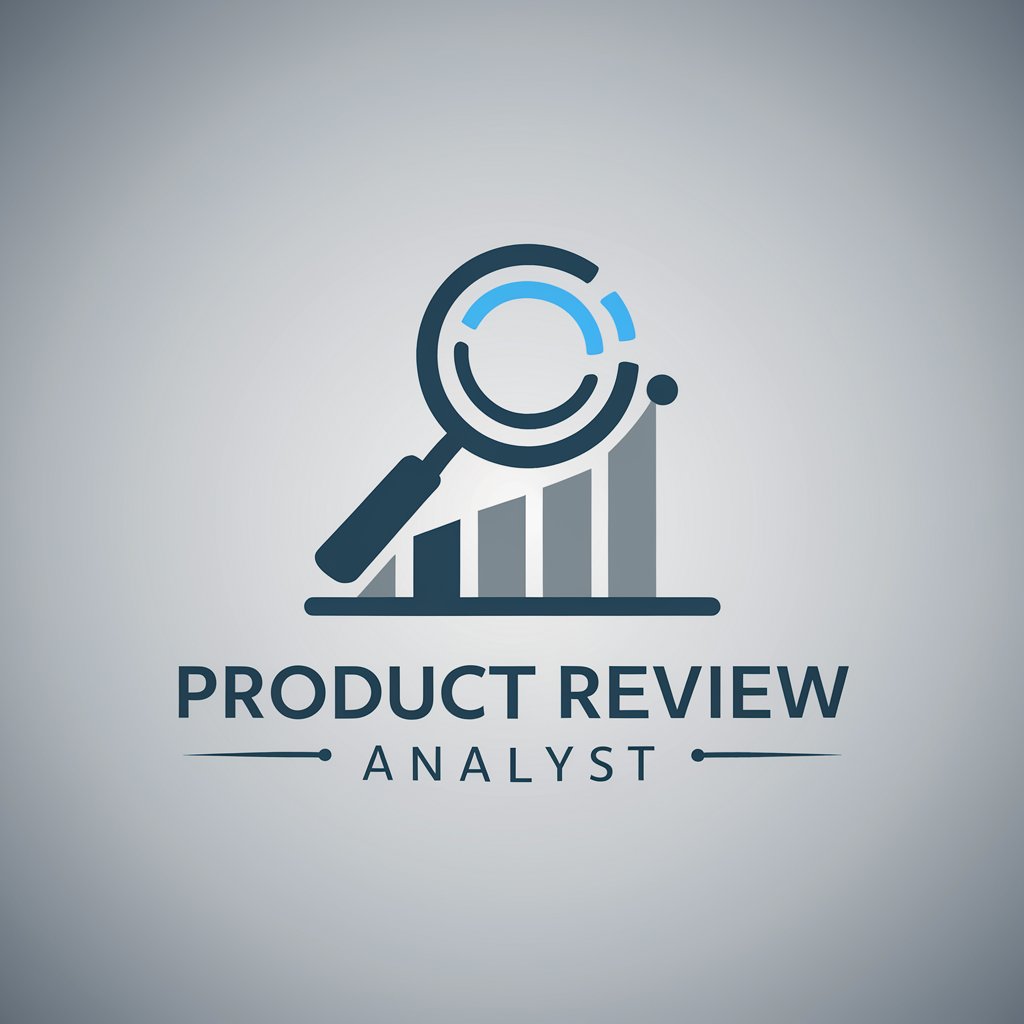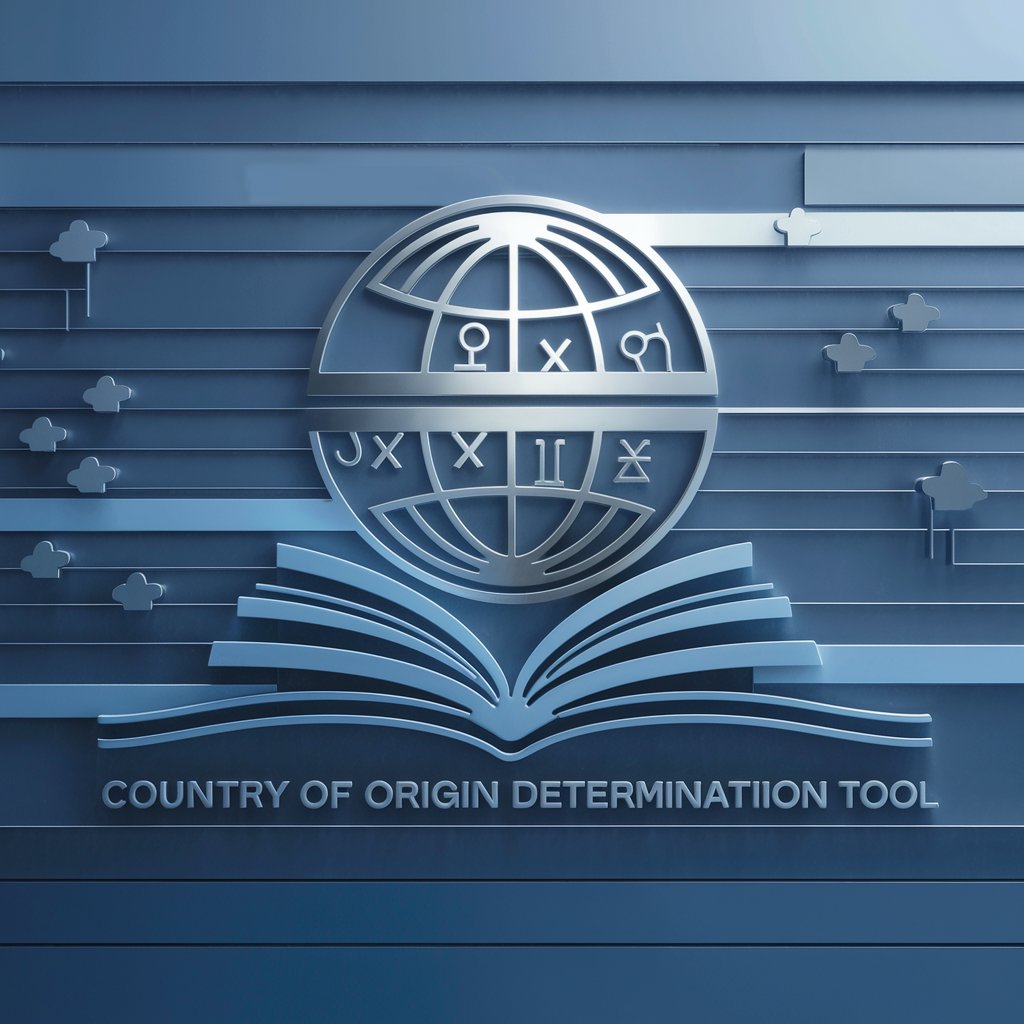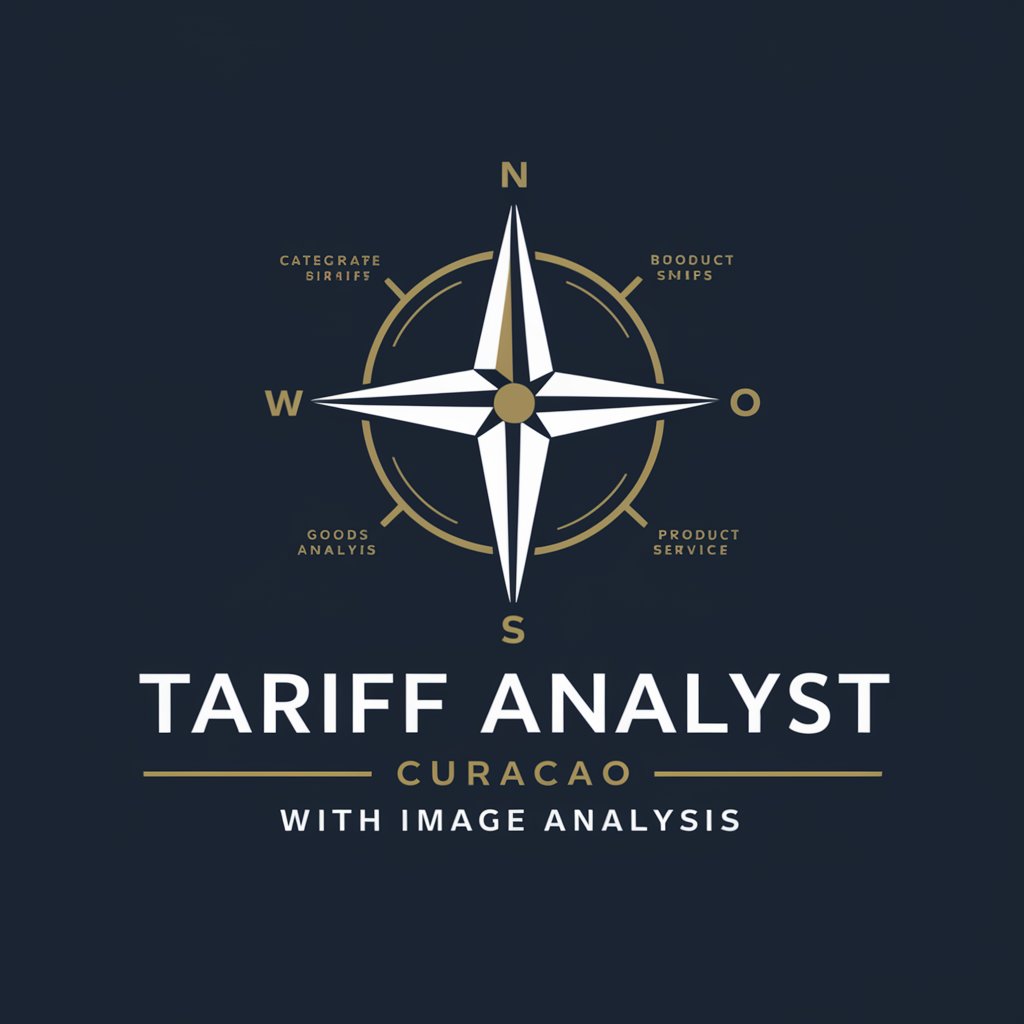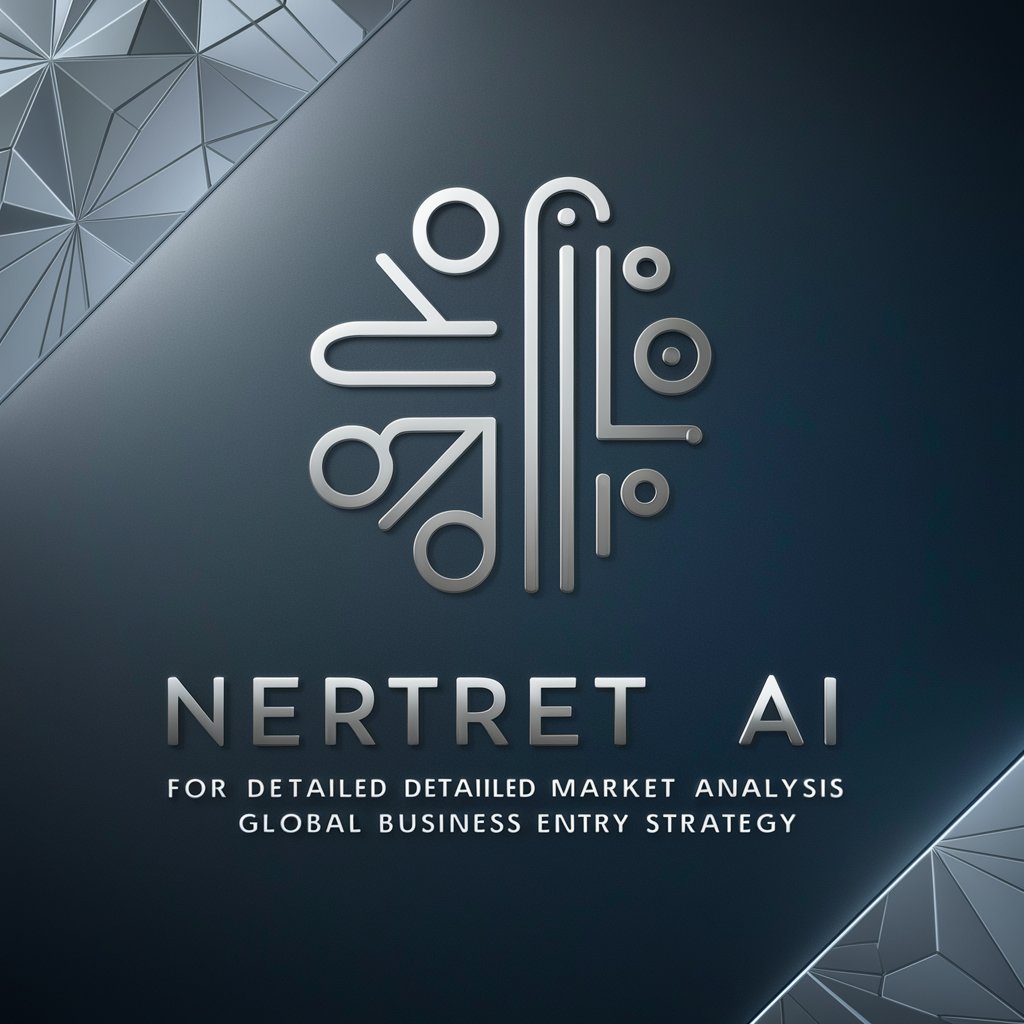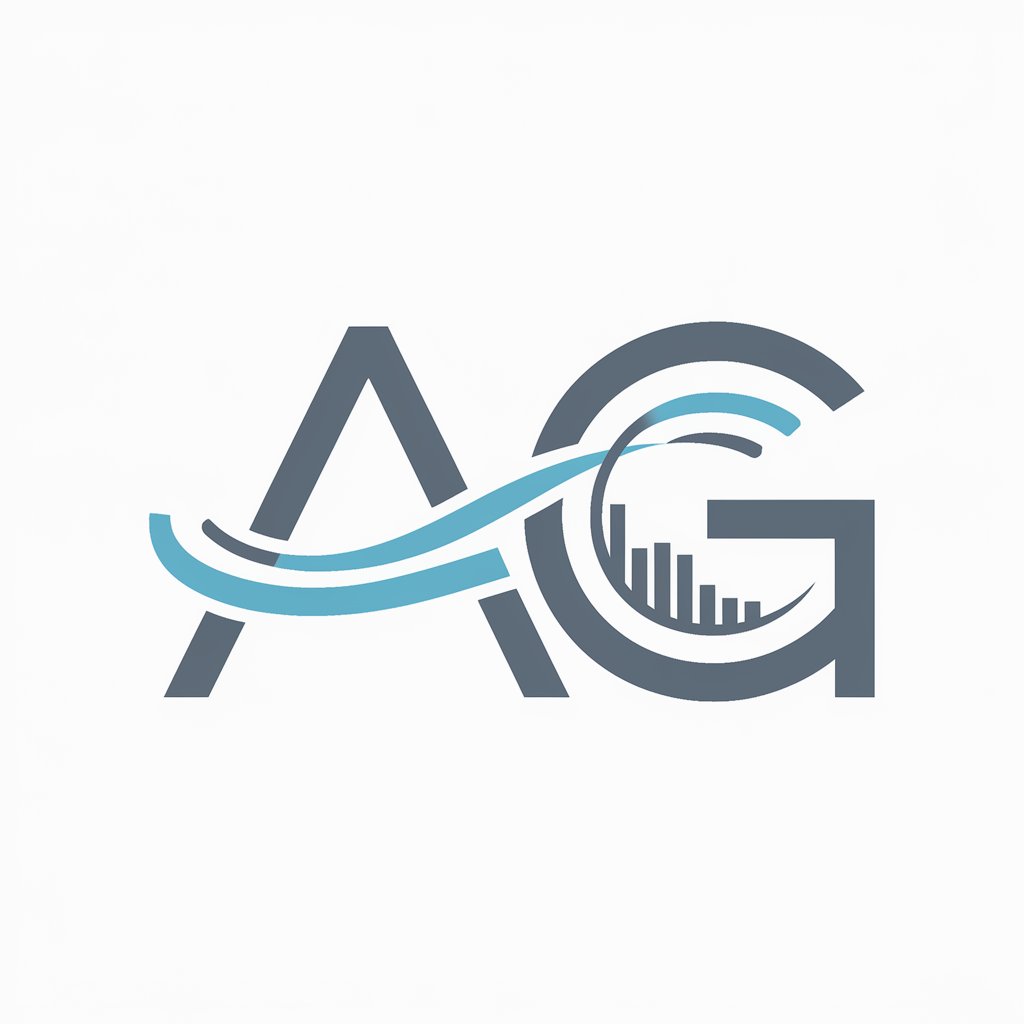
Rules of Origin Analyst - Trade Regulation Guide
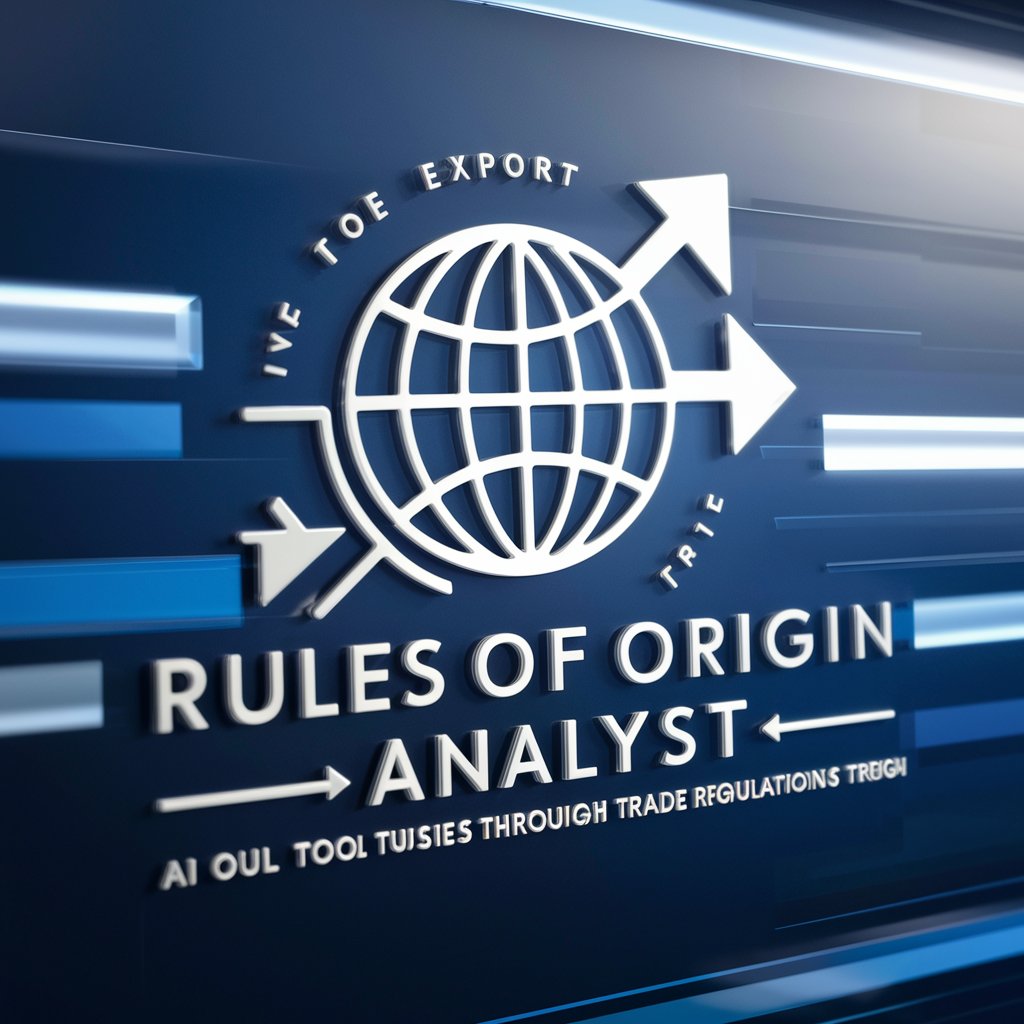
Hello! I'm here to help you navigate the rules of origin for your goods.
Navigate Trade with AI-Powered Precision
Explain the rules of origin for a product with HS code
How do the rules of origin affect goods manufactured in
What are the requirements for goods to qualify as originating in
Provide the criteria for determining the origin of goods according to
Get Embed Code
Introduction to Rules of Origin Analyst
The Rules of Origin Analyst is a specialized AI tool designed to assist users in navigating the complex landscape of trade regulations, specifically focusing on the rules of origin. These rules are crucial in international trade, determining the economic nationality of a product, which in turn affects tariff rates, eligibility for trade agreements, and compliance with import and export requirements. The Rules of Origin Analyst is built to decipher these rules, provide accurate information, and guide users through the regulatory framework applicable to their goods based on commodity codes, descriptions, and countries of manufacture. By offering tailored advice, this tool helps demystify the process of determining the correct origin of goods, facilitating trade compliance, and optimizing tariff benefits under various trade agreements. An example scenario illustrating its purpose could involve a small business owner looking to export handcrafted goods to another country. The owner needs to understand the specific rules of origin applicable to their products to benefit from lower tariffs under a trade agreement. The Rules of Origin Analyst would analyze the product's details and the relevant trade agreement to advise on compliance and how to certify the goods' origin correctly. Powered by ChatGPT-4o。

Main Functions of Rules of Origin Analyst
Identifying applicable rules of origin
Example
For a textile manufacturer looking to export apparel to the EU, the analyst would determine if the products qualify as originating under the terms of the EU's trade agreements based on the product's manufacturing process and inputs.
Scenario
A manufacturer needs to understand whether their product qualifies for preferential tariff treatment under a specific trade agreement. The analyst provides a detailed breakdown of the rules, including any product-specific requirements and the necessary documentation.
Advising on documentation and compliance
Example
Guidance on preparing a Certificate of Origin for a batch of agricultural products being exported to Canada, ensuring all requirements are met to benefit from the Comprehensive Economic and Trade Agreement (CETA).
Scenario
An exporter is uncertain about the documentation required to prove the origin of their goods. The analyst outlines the necessary steps, forms, and declarations, reducing the risk of non-compliance penalties.
Clarifying tariff benefits under trade agreements
Example
Analysis of how a U.S.-based electronics company can benefit from the USMCA when exporting products to Mexico, including how to calculate the regional value content to qualify.
Scenario
A company is evaluating the cost-benefit of sourcing materials from different countries to maximize tariff savings under a free trade agreement. The analyst provides insights into how different sourcing strategies affect the origin determination and tariff rates.
Ideal Users of Rules of Origin Analyst Services
Small and Medium-sized Enterprises (SMEs)
SMEs often lack the resources to navigate complex international trade regulations. The Rules of Origin Analyst can provide these businesses with clear, accessible guidance, helping them to take advantage of trade agreements and expand into new markets efficiently.
Customs Brokers and Trade Consultants
These professionals require up-to-date information on trade regulations to advise their clients accurately. The Rules of Origin Analyst serves as a valuable resource, offering detailed analysis and information to support their advisory services.
Manufacturers and Exporters
For manufacturers and exporters, understanding the rules of origin is critical to optimizing supply chain decisions and maximizing tariff savings. The analyst tool provides the necessary insights to make informed decisions regarding production and export strategies.

Guidelines for Using Rules of Origin Analyst
Start Your Journey
Visit yeschat.ai for a free trial, accessible without any login or need for ChatGPT Plus, to begin exploring Rules of Origin Analyst.
Define Your Product
Provide the commodity code, a detailed description of your goods, and the country of manufacture to ensure precise rule identification.
Utilize Custom Searches
Leverage the tool's ability to conduct targeted searches in authoritative databases to retrieve the most relevant and up-to-date rules of origin.
Interpret Regulations
Utilize the provided explanations to understand complex trade regulations and how they apply to your specific goods.
Seek Further Assistance
For complex cases or uncertainties, use the tool’s guidance on where and how to seek additional expert assistance.
Try other advanced and practical GPTs
German Vocabulary Origin
Unravel the roots of German vocabulary with AI
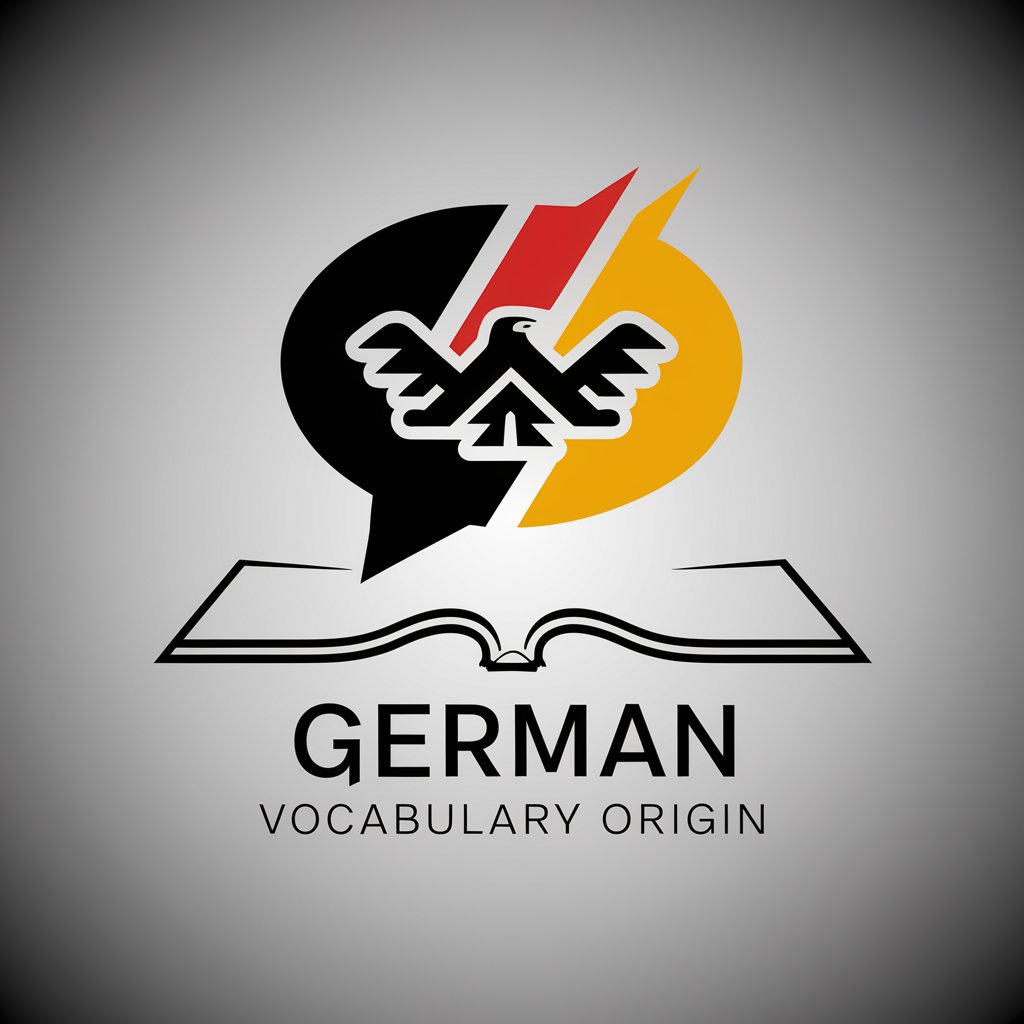
Korean Vocabulary Origin
Discover the roots of Korean language, powered by AI
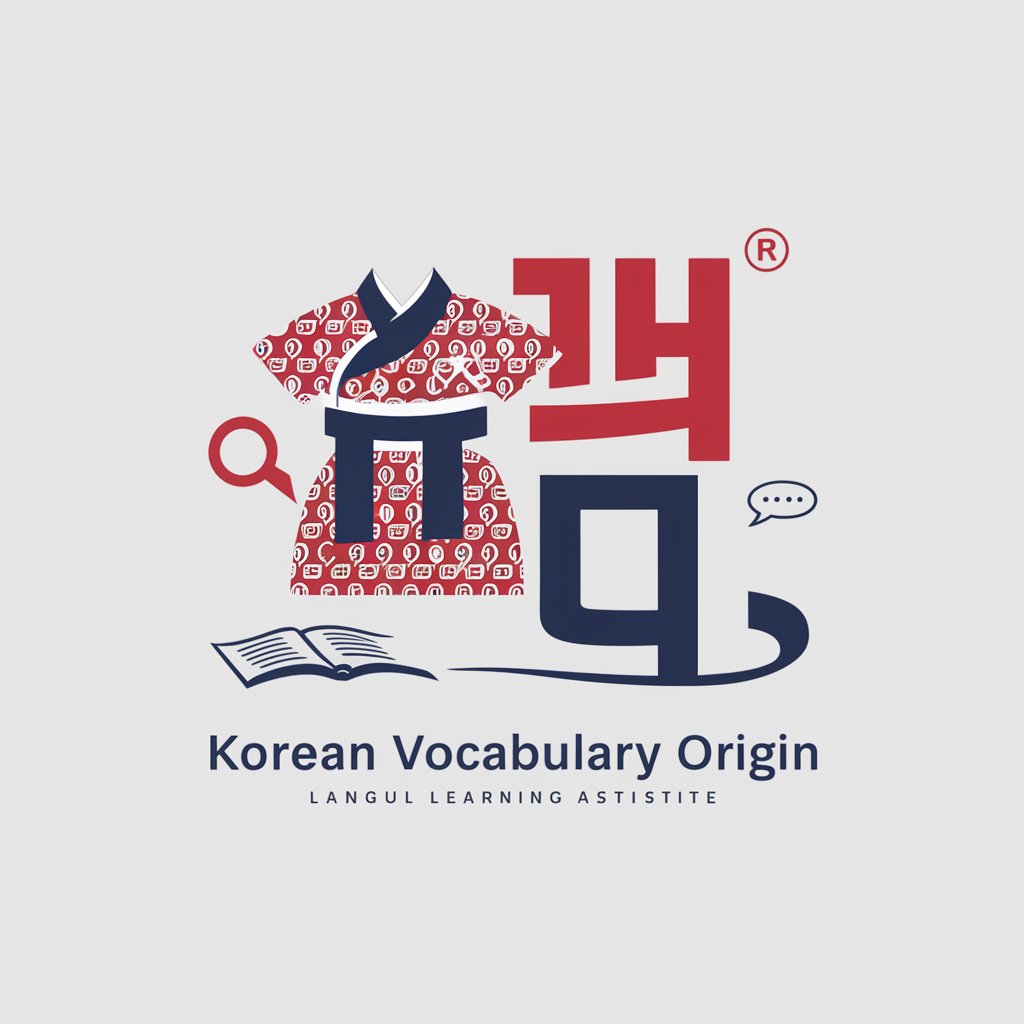
That GPT Rizz
Empowering Your Love Life with AI

Rizz God GPT
AI-powered Romance Mastery

RIZZ GPT
Charisma at Your Fingertips

RIZZ GPT
Empowering Relationships with AI
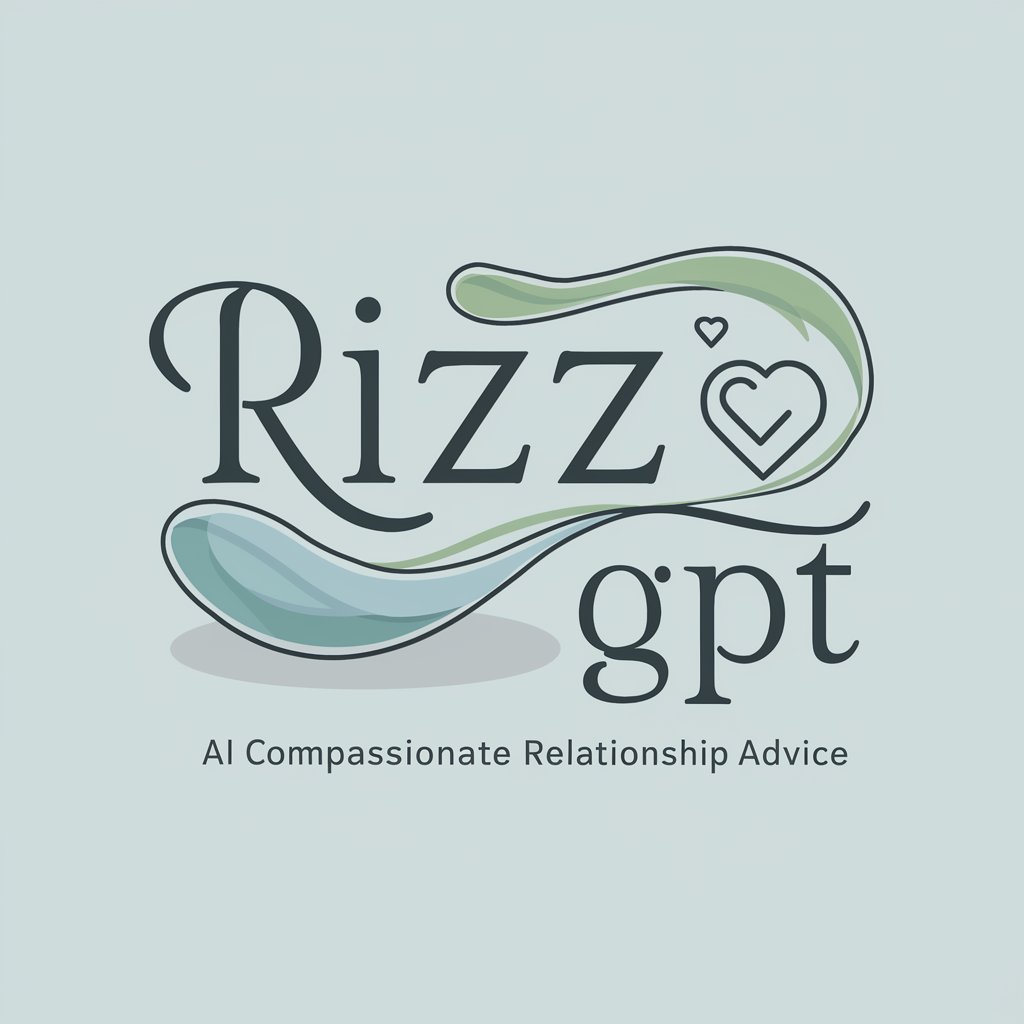
Date Origin GPT
Crafting Your Perfect Romantic Moment

WEUI CodeCraft
Transforming designs into code, powered by AI

Code Dictionary
Decoding code, empowering developers.
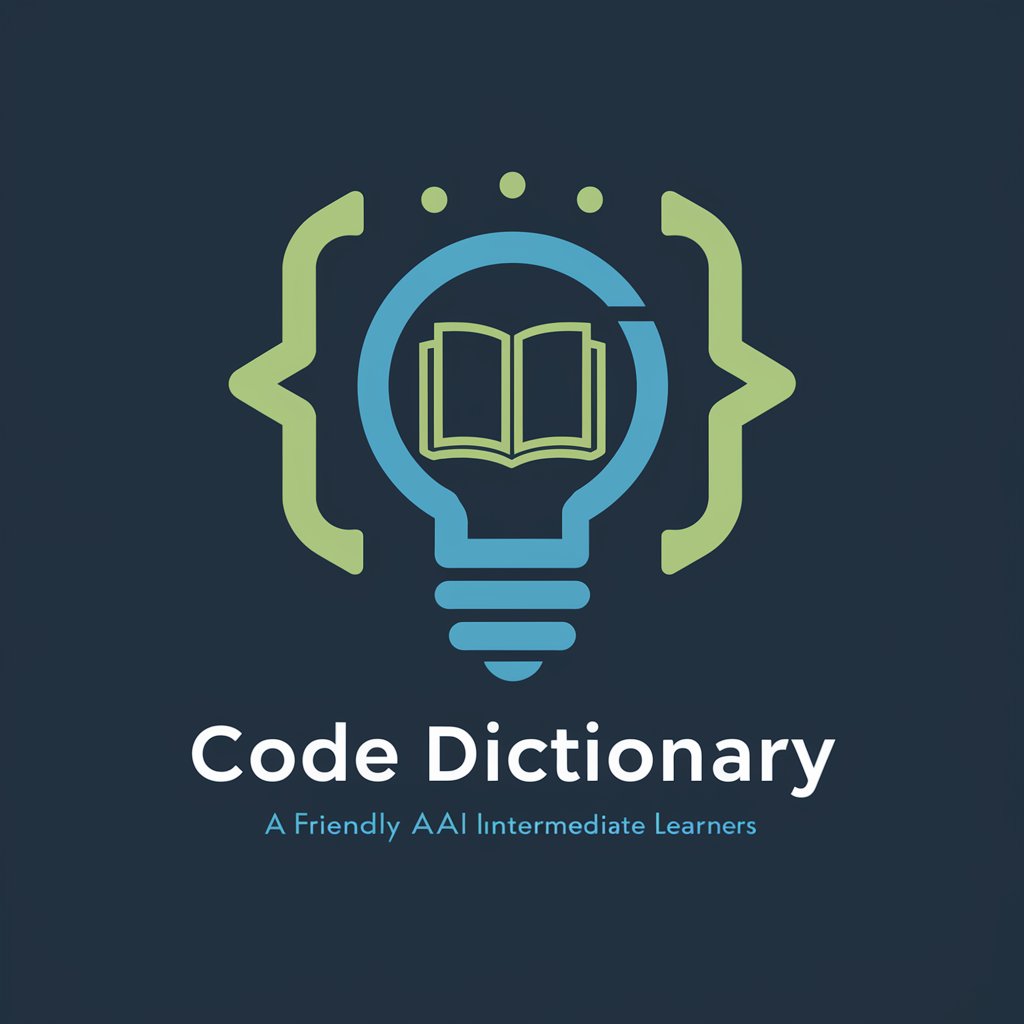
CoderRECODER
Transform your ideas into code instantly

IFC Insight
Demystifying IFC schemas with AI-powered precision

Quick Code Help
Empowering your code journey with AI.
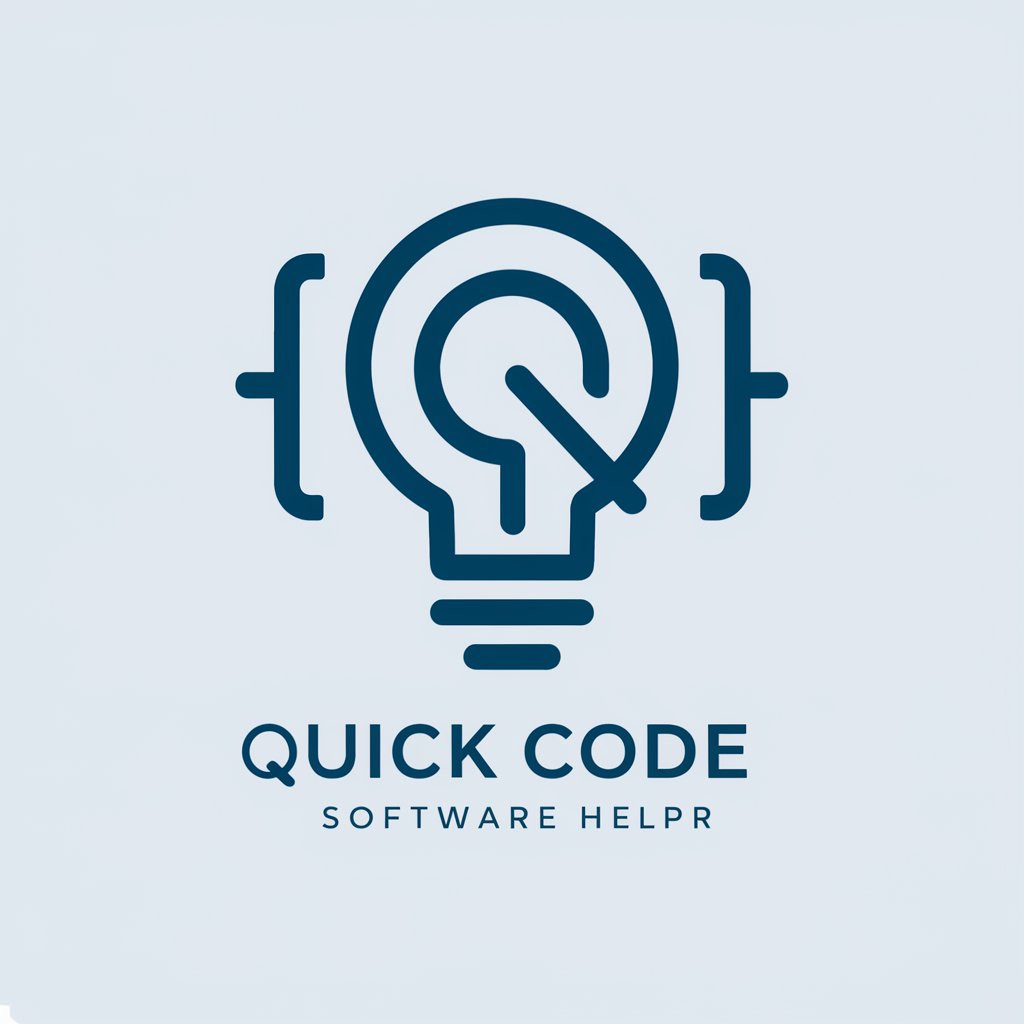
Common Questions About Rules of Origin Analyst
What information do I need to use Rules of Origin Analyst effectively?
To effectively use the Rules of Origin Analyst, you should provide the specific commodity code of your goods, a detailed description, and the country of manufacture. This information ensures accurate and relevant results.
Can Rules of Origin Analyst help me with goods manufactured in multiple countries?
Yes, Rules of Origin Analyst can assist with goods manufactured in multiple countries by analyzing complex supply chains and determining the applicable rules based on cumulative or substantial transformation criteria.
How current is the trade regulation information provided by this tool?
The tool accesses up-to-date databases and regulatory sources to provide the most current information on trade regulations and rules of origin.
Is Rules of Origin Analyst suitable for small businesses?
Absolutely, this tool is designed to help businesses of all sizes, including small enterprises, navigate the complexities of international trade regulations.
Does this tool offer assistance in languages other than English?
Currently, Rules of Origin Analyst primarily operates in English, but it can assist in understanding regulations from various countries, which may include multilingual aspects.

